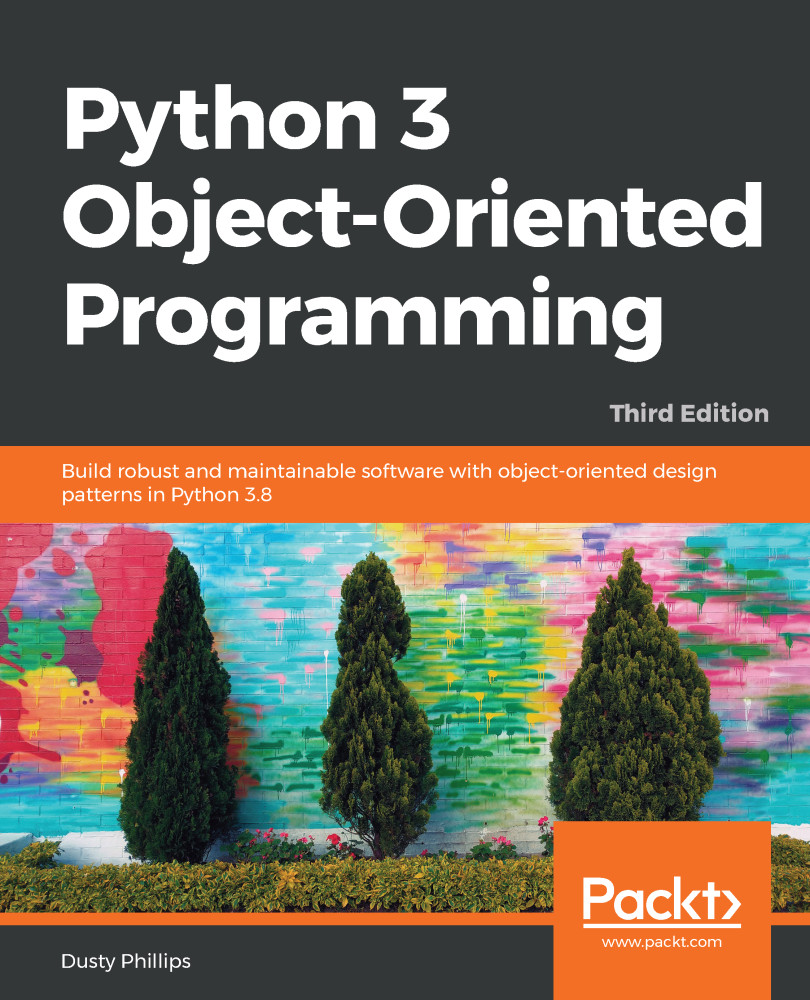Multiple inheritance is a touchy subject. In principle, it's simple: a subclass that inherits from more than one parent class is able to access functionality from both of them. In practice, this is less useful than it sounds and many expert programmers recommend against using it.
The simplest and most useful form of multiple inheritance is called a mixin. A mixin is a superclass that is not intended to exist on its own, but is meant to be inherited by some other class to provide extra functionality. For example, let's say we wanted to add functionality to our Contact class that allows sending an email to self.email. Sending email is a common task that we might want to use on many other classes. So,...



